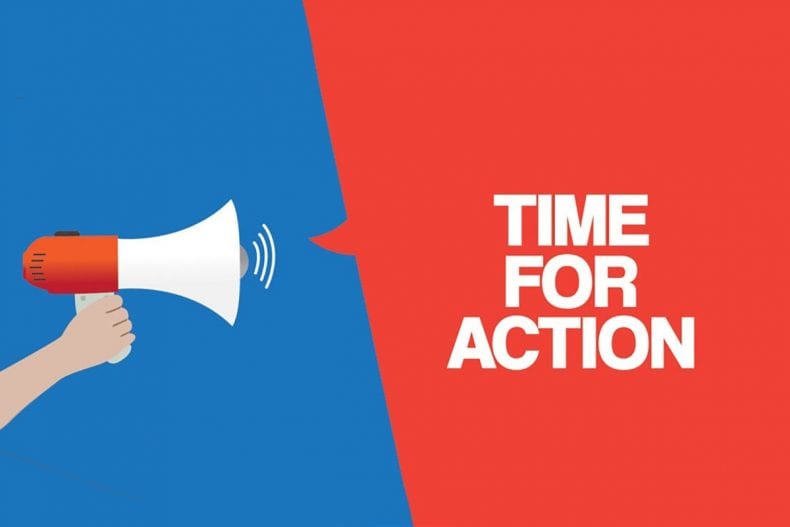With almost 3.5 billion active social media users out there, it goes without saying that any business which wants to grow traffic to its website needs to be taking advantage. But with all the noise and activity out there, how do you even get noticed in the first place? We take a look at general best practices for businesses on social media, as well as some tips and tricks from the pros!
Focus on the right social platforms for your business and customers

One of the cornerstones of solid social media for businesses is knowing which platforms you should – and shouldn’t – be focusing on. Many companies make the mistake of simply trying to have a presence everywhere, rather than researching which platforms are most popular with their target customers, buyer personas and their demographics. Make sure you’re going to them rather than asking them to come to you on social platforms they’re not overly fond of – because they won’t.
Make sure your profile pages are detailed and up to date
Say you post an interesting tweet, or one of your customers shares your latest Facebook post with their friends – who have probably never heard of you. What are they going to find if they click through to your profile page to find out more? Ideally, you want to provide highly pertinent details – like what exactly you do and what your website URL is – as well as a little entertainment or humor to make you more ‘followable’. People are going to see your social profiles, so optimize them to work for you.
Make your website content easy to share on social platforms
Remember that the traffic between your social pages and your website goes both ways, and if someone has come across a blog post or page on your website they found useful, it makes sense for them to be able to share it easily. Embedding an appropriate social sharing tool or plugin on your website is the easiest way to do this. If you’re not comfortable with the technical aspects, get an experienced SEO company like Ruby Digital to help you optimize your web content for search engines and social media in one fell swoop.
Share content more than once

As social media users ourselves, our instinct is to avoid spamming our existing and potential followers with the same content over and over. However, not sharing a great piece of content more than once may be doing it a disservice, as you’re limiting the chances of it being seen at all. Digital marketing guru Neil Patel has written a great article on the subject which demonstrates this perfectly.
Use different types of media and include graphics
Did you know that visual content is 40 times more likely to get shared on social media, and that tweets with images tend to get 150% more retweets? Humans are visual creatures, and a suitable graphic is always going to grab our attention better than a block of text. Using different media types like audio and video, or investing some time in putting together a highly shareable info-graphic also opens the door for more shares, and ultimately more followers.
Include a call to action

Once someone has seen your post on social media, what do you want them to do about it? Encourage people to interact with your content, whether that’s asking for their opinion or experiences on the subject matter, inviting them to find out more on your website, or simply sharing it with their friends.
And don’t forget to be social!
Your social media pages are so much more than just a dumping ground for your latest website content. They’re a place you can share your knowledge, help people solve problems, and most importantly, have conversations and discussions that will help to get your brand noticed. Rather than just posting and leaving, get involved in what people are talking about.
Search for keywords or phrases around your industry or product, and get answering questions and offering advice – and ideally more information on your website! Twitter is a great place to do this for B2C businesses, or LinkedIn for B2B companies.
In summary, you can maximize social media traffic to your website in the following ways:

1. Focus on the right social platforms for your business and customers
2. Make sure your profile pages are detailed and up to date
3. Make your website content easy to share on social platforms
4. Share content more than once
5. Use different types of media and include graphics
6. Include a call to action
7. And don’t forget to be social by getting involved in conversations about your industry!









